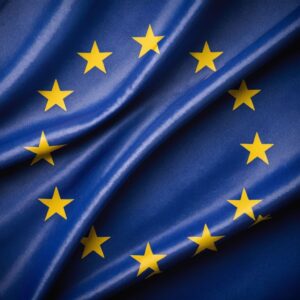On February 7, 1992, leaders from twelve European nations gathered in Maastricht, Netherlands, to sign a historic agreement that would forever change the political and economic landscape of Europe. The Maastricht Treaty formally established the European Union (EU), creating a framework for deeper integration among member states. This treaty was more than just a document—it was a bold step toward unity, cooperation, and a shared future for millions of Europeans.
The treaty laid the foundation for many of the EU’s defining features, including the introduction of a common currency, the euro, and the establishment of European citizenship. It also strengthened political and economic ties between nations, ensuring greater coordination in foreign policy, security, and trade. For decades, Europe had been a continent divided by wars and political rivalries, but Maastricht signaled a new era—one where countries would work together rather than against one another.
However, the path to unity was not without its challenges. The idea of surrendering national sovereignty to a larger European institution sparked debates and resistance in some countries. Despite these concerns, the Maastricht Treaty was ultimately ratified, and on November 1, 1993, the European Union officially came into existence. It was a defining moment in modern history, proving that even centuries-old rivalries could be set aside in the pursuit of peace and prosperity.
Today, the European Union stands as one of the most significant political and economic alliances in the world. What began as a vision for cooperation in 1992 has grown into a powerful union of over two dozen nations, shaping policies on trade, human rights, and global diplomacy. The Maastricht Treaty was the spark that ignited this transformation, reminding the world that unity is not just an ideal—it is a path to a stronger, more interconnected future.

